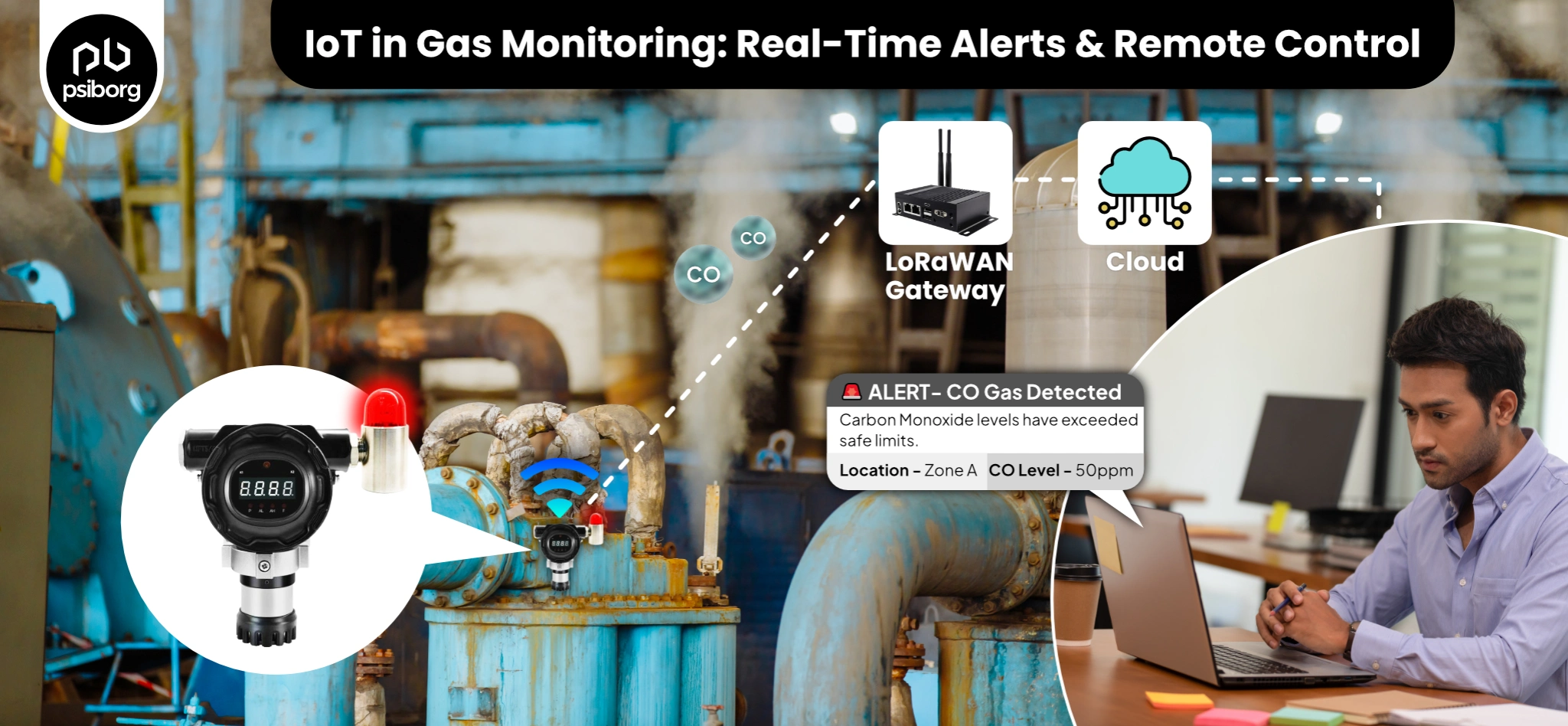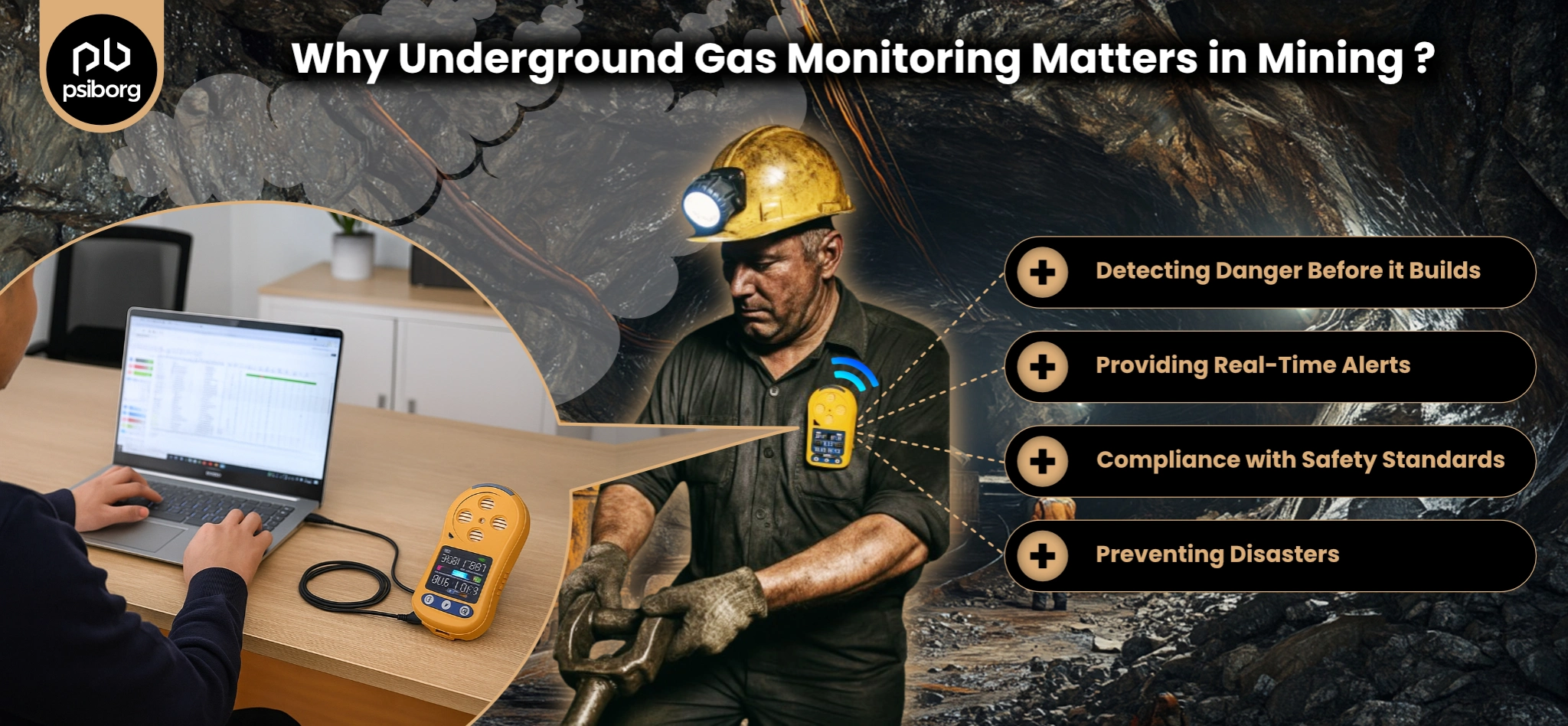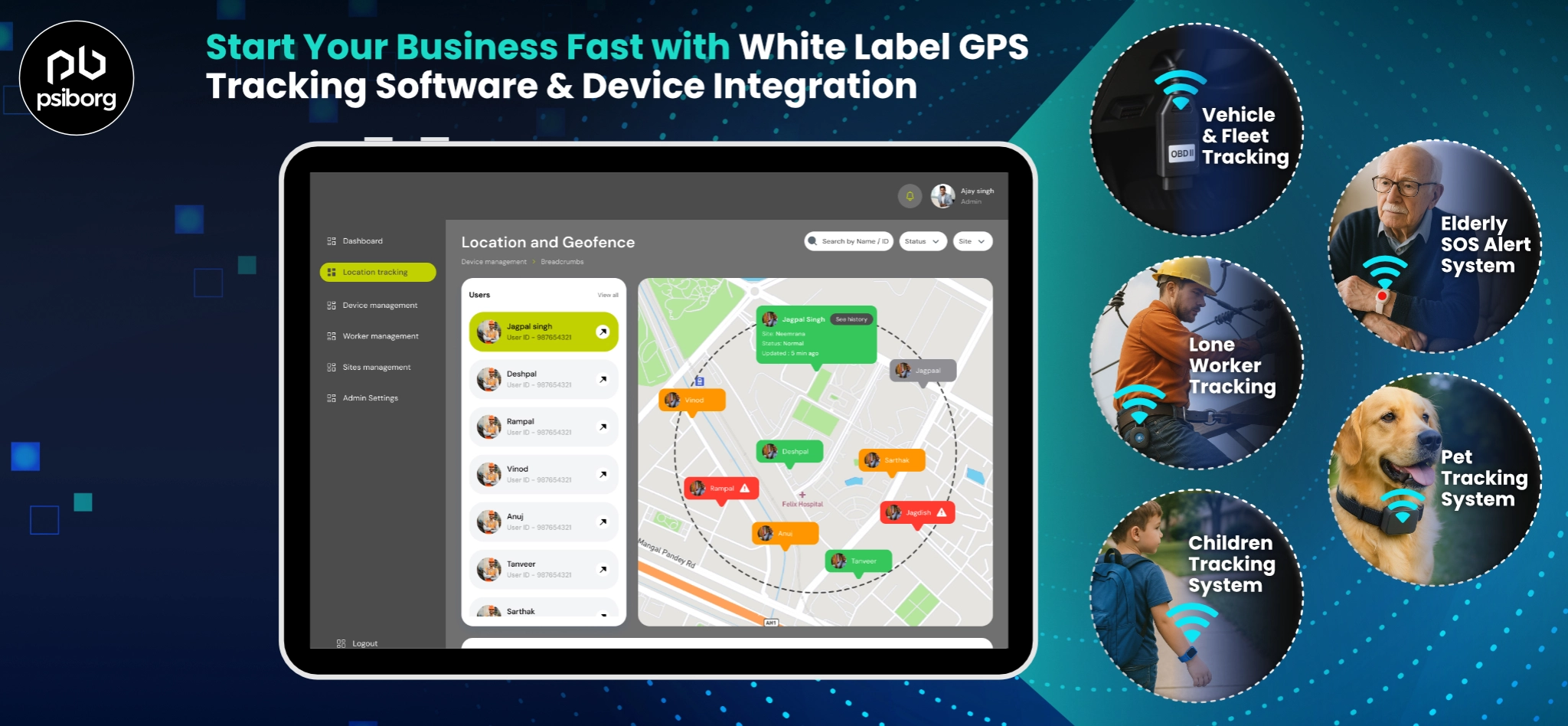WHAT ARE IOT PROTOCOLS?
IoT protocols are a crucial part of the IoT technology stack. Without them, the hardware would be rendered useless. As the IoT protocols enable it to exchange data in a structured and meaningful way. IoT protocols and connectivity methods help in transferring pieces of data from which useful information can be extracted for the end-user. Thanks to it, the whole deployment becomes economically profitable, especially in terms of IoT device management.
When talking about the Internet of Things, we always think about communication. Interaction between sensors, devices, gateways, servers, and user applications is the essential characteristic that makes the Internet of Things what it is. But what enables all this smart stuff to talk and interact are the IoT protocols, which can be seen as languages that the IoT gear uses in order to communicate.
Depending on the type of communication, IoT protocols can be divided into IoT Data Protocols and IoT Network Protocols.
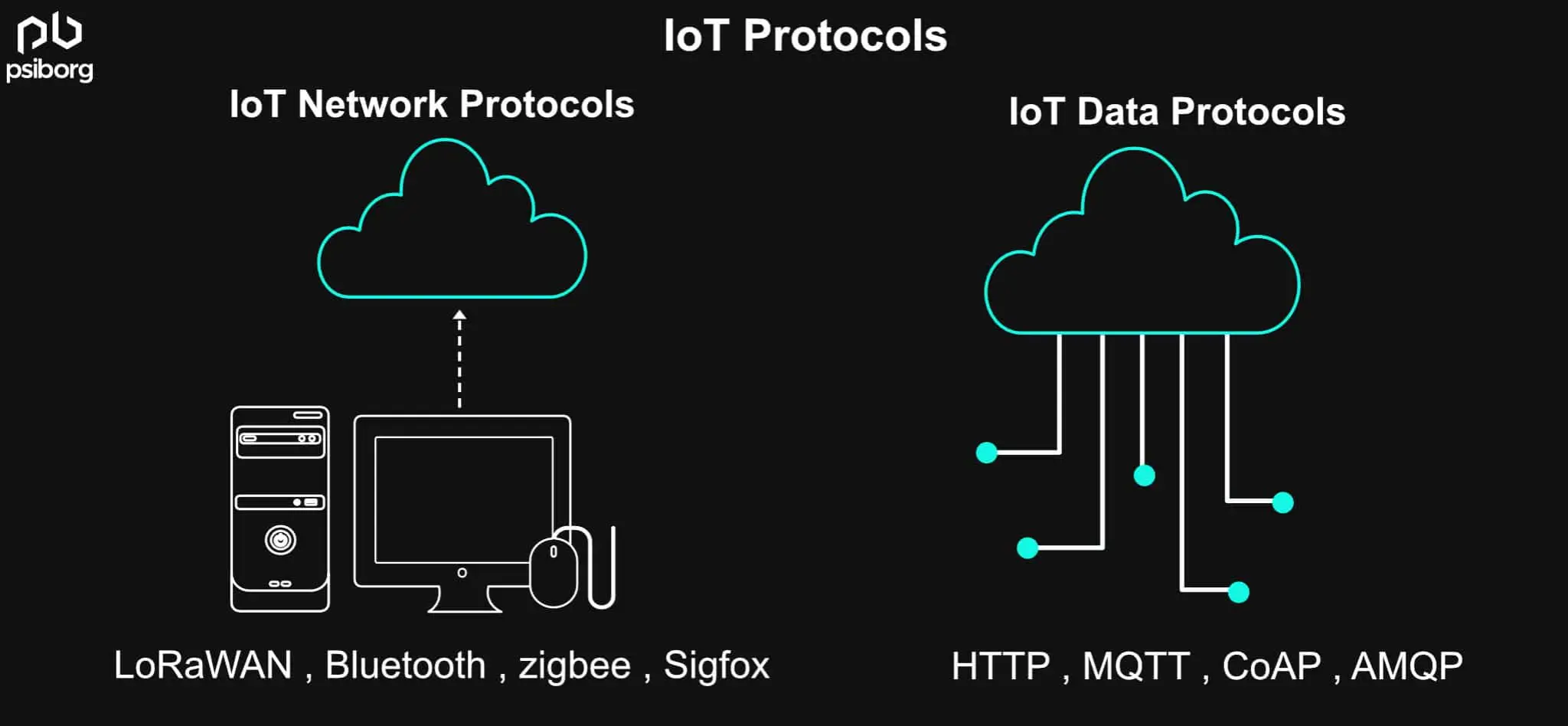
THE MOST COMMONLY USED IOT DATA PROTOCOLS:-
1. COAP
While the existing Internet infrastructure is freely available and usable for any IoT device. It often proves too heavy and power-consuming for most IoT use cases. Created by the IETF Constrained RESTful Environments working group and launched in 2013, Constrained Application Protocol (CoAP) was designed to translate the HTTP model. So, that it could be used in restrictive devices and network environments.
It is designed to address the needs of HTTP-based IoT systems. CoAP relies on the User Datagram Protocol (UDP) to establish secure communication between endpoints. By allowing for broadcasting and multicasting, UDP is able to transmit data to multiple hosts. While retaining communication speed and low bandwidth usage, which makes it a good match for wireless networks typically employed in resource-constrained M2M environments. Another thing that CoAP shares with HTTP is the RESTful architecture, which supports a request/response interaction model between application endpoints
2. MQTT
It is probably the most widely adopted standard in the Industrial Internet of Things to date. The aforementioned, Message Queuing Telemetry Transport is a lightweight publication/subscription type (pub/sub) messaging protocol. Designed for battery-powered devices, MQTT’s architecture is simple and lightweight, providing low power consumption for devices. Working on top of the TCP/IP protocol, it has been specially designed for unreliable communication networks. In order to respond to the problem of the growing number of small-sized cheap, low-power objects that have made their appearance in the network in recent years.
For IoT Applications MQTT is commonly Preferred.
3. XMPP
It stands for Extensible Messaging and Presence Protocol (XMPP)
It was developed in 1999 and was originally meant for real-time messaging. This communication IoT protocol for message-oriented middleware is based on the XML language. This allows for a real-time exchange of structured but extensible data between two or more network clients.
Since its inception, XMPP has been widely applied as a communications protocol. Over time and with the emergence of a lightweight XMPP specification: XMPP-IoT, it has gone on to be used in the context of the Internet of Things. Being an open community-supported standard, XMPP IoT’s strengths are addressing and scalability capabilities, which makes it perfect for consumer-oriented IoT deployments.
4. DDS
The DDS protocol has been developed on the basis of the publish-subscribe methodology. Designed by the Object Management Group (OMG), the DDS protocol for real-time M2M communication enables scalable, reliable, high-performance, and interoperable data exchange between connected devices independent of the hardware and the software platform. DDS supports broker-less architecture and multicasting to provide high-quality QoS and ensure interoperability.
5. AMQP
Advanced Message Queuing Protocol (AMQP)
AMQP is an open standard publish/subscribe type protocol that originated in 2003 and has its roots in the financial services sector. While it has gained some ground within information communication technology, its use is still quite limited in the IoT industry. The AMQP specification describes such features as message orientation, queuing, routing (including point-to-point and publish-and-subscribe), reliability and security. Probably the greatest benefit of AMQP is its robust communications model. AMQP can guarantee complete transactions — which, although useful, is not always something that the IoT applications require.
WHY IOT PROTOCOL MATTERS:
The differentiating factor between a smart device from its ordinary counterpart is that while the latter stays mute in case of a breakdown. The former is able to talk to other devices (and not only the ones of the same type) if it encounters any problems. And if need be, communicate the failure to the user or automatically call for help. But every such instance of interaction is only possible when there is a medium of communication, a common “language” that all the devices in a given IoT ecosystem would share and be able to use.
Within the Internet of Things, the medium is provided by the IoT protocols: either the Internet protocols already long in use, or the IoT protocols specially developed for connected device communication.
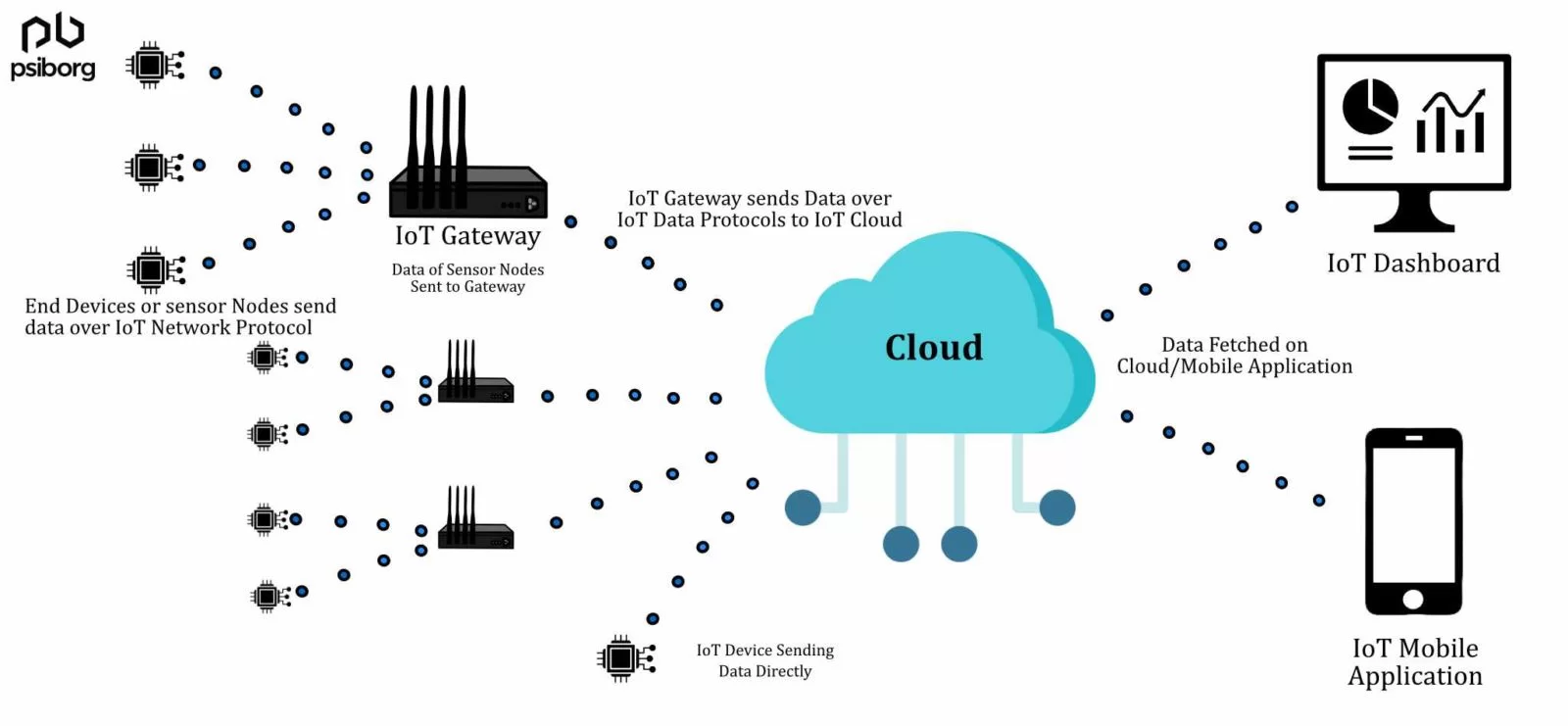
TYPES OF IOT CONNECTIONS
DEVICE TO DEVICE COMMUNICATION
It is the direct contact between two smart objects when they share information instantaneously without intermediaries, commonly known as m2m communication. For example, industrial robots and sensors are connected to one another directly to coordinate their actions and perform the assembly of components more efficiently. This type of connection is not very common yet, because most devices are not able to handle such processes.
DEVICE TO GATEWAY COMMUNICATION
It is the telecommunication connection between sensors and gateway nodes. Gateways are more powerful computing devices than sensors. They have two main functions: to consolidate data from sensors and route it to the relevant data system; to analyze data and, if some problems are found, return it back to the device. There are various IoT gateway protocols that may better suit this or that solution depending on the gateway computing capabilities, network capacity and reliability, the frequency of data generation, and its quality.
GATEWAY TO CLOUD OR DATA SYSTEMS
It is the data transmission from a gateway to the appropriate data system. To determine what protocol to use, you should analyze data traffic (frequency of burstiness and congestion, security requirements, and how many parallel connections are needed).
BETWEEN DATA SYSTEMS
It refers to the information transfer within data centres or clouds. Protocols for this type of connection should be easy to deploy and integrate with existing apps and have high availability, capacity, and reliable disaster recovery.
Full Stack IoT development can make your IoT transformation journey easy as it enables hardware and software development in a single place with no hassle.
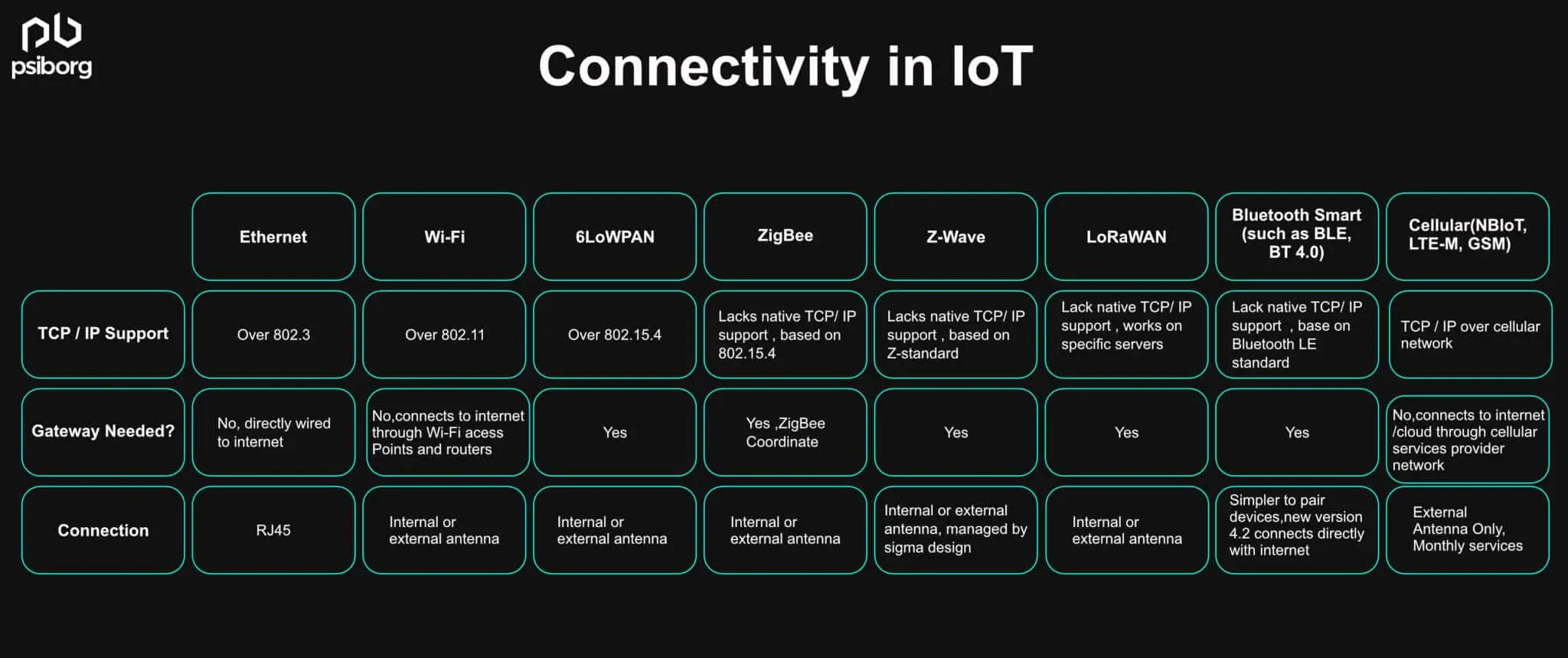
TYPES OF IOT CONNECTIVITY NETWORKS
1. BLE MESH NETWORK IN IOT
Bluetooth Mesh is a computer mesh networking standard based on Bluetooth Low Energy that allows for many-to-many communication over Bluetooth radio.
2. LORAWAN FOR IOT NETWORK
The LoRaWAN specification is a Low Power, Wide Area (LPWA) networking protocol. It is designed to wirelessly connect battery-operated ‘things’ to the internet in regional, national or global networks, and targets key Internet of Things (IoT) requirements. Such as bi-directional communication, end-to-end security, mobility and localization services.
3. SUB 1-GHZ FOR IOT NETWORK
The above mentioned, Sub 1-GHz is a commonly used communication network for IoT applications. Sub 1-GHz is named so because of its operating frequency band (Sub-GHz technology operates in a frequency band less than 1 GHz, usually around 920MHz). Moreover, it’s is an ideal technology choice for wireless applications requiring long-range and low power consumption. The long-range transmission reduces the cost of locating intermediate base stations.
In IoT applications, the Sub 1-GHz wireless network technology is used more than 2.4 GHz wireless because of its outstanding advantages in reliable remote transmission, low energy consumption, and good anti-interference.
4. SIGFOX AS IOT NETWORK PROTOCOL
Sigfox is a commonly used connectivity network for IoT communication. It is a narrowband (or ultra-narrowband) technology. It uses a standard radio transmission method called binary phase-shift keying (BPSK). Also takes very narrow chunks of spectrum and changes the phase of the carrier radio wave to encode the data. This allows the receiver to only listen in a tiny slice of the spectrum, which mitigates the effect of noise. It requires an inexpensive endpoint radio and a more sophisticated base station to manage the network.
5. ZIGBEE NETWORK IN IOT
ZigBee-based networks are characterized by low power consumption, low throughputs (up to 250 kbps), and a connectivity range of 100 meters between nodes. Typical applications include sensor networks, personal networks (WPAN), home automation, alarm systems, and monitoring systems.
Apart from using WiFi for Hardware Server communication, other cellular technologies used are
6. LTE CAT M1
Cat-M1, also known as LTE Cat-M, is a low-cost LPWAN technology developed by 3GPP as part of the 13th edition of the LTE standard. It’s a complementary technology to NB IoT, with faster upload and download speeds of 1Mbps and lower latency of 10 to 15ms.
7. NBIOT
NarrowBand-Internet of Things (NB-IoT) is a standards-based low power wide area (LPWA) technology developed to enable a wide range of new IoT devices and services. NB-IoT significantly improves the power consumption of user devices, system capacity, and spectrum efficiency, especially in deep coverage. Battery life of more than 10 years can be supported for a wide range of use cases.
8. GSM
GSM IoT (EC-GSM-IoT) is a low-power wide-area network (LPWAN) technology designed to provide long-range, low-complexity cellular communications for IoT devices in a way that conserves energy. Most devices that rely on GSM IoT today are battery-powered cellular IoT devices at the edge, such as smart meters, embedded sensors, and asset trackers.
9. LTE 4G
Long-Term Evolution (LTE) is a standard for wireless broadband communication for mobile devices and data terminals. It’s based on GSM/EDGE and UMTS/HSPA technologies. It increases the capacity and speed using a different radio interface together with core network improvements.
10. 5G
5G is a cellular communication network with lower latency enabling real-time applications like AR/VR. Higher Capacity More devices can be online at once. It has higher speed data, easily exceeding 5 Gbps.
PsiBorg, an IoT product Development company, is an industry leader in IoT solutions based on the most contemporary and best networks such as Lorawan and Sigfox. Do reach out to us for all your IoT solutions needs.
Also Read: M2M COMMUNICATION AND CONNECTED DEVICES



